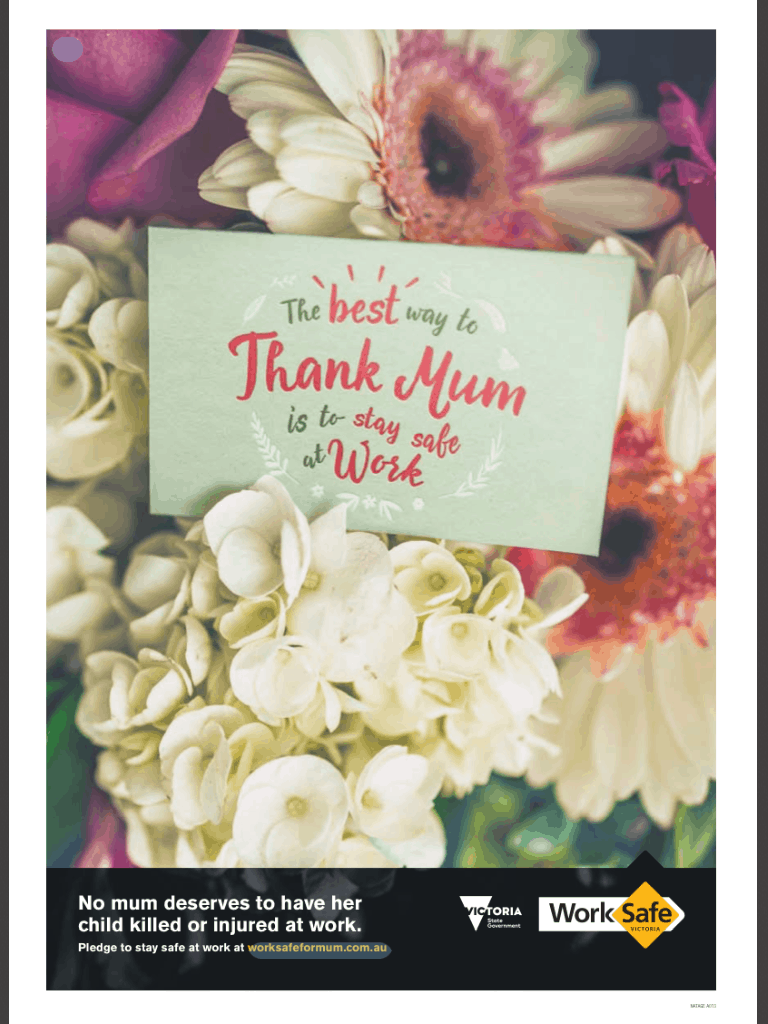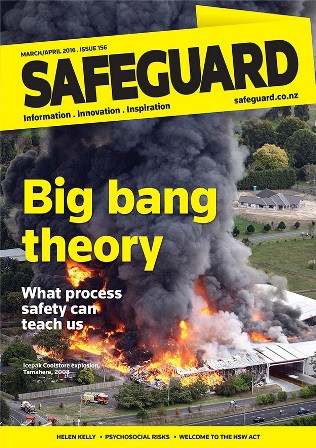Over the last week SafetyAtWorkBlog has been included in two “best of” lists. One, from smartcompany, is the second year in a row and the other is from a UK website that includes this blog in a list of over 70 health and safety blogs. Readers are encouraged to look at the other blogs referenced in the articles as there are more start-ups every year both in Australia and elsewhere. To those involved in the awards sites, many thanks.
Best Business Blogs 2017 – smartcompany
“Keeping workplace health and safety processes up to date is vital for your business, but it’s a complicated area that can sometimes be left as a secondary priority. Workplace consultant Kevin Jones continues to investigate key issues in the area in his Safety at Work blog and uses current events as a starting point for lessons for business owners. Topics covered over the past week include what effect the film Deepwater Horizon, which features the Gulf of Mexico oil spill, will have on public perceptions of health and safety.”
The 72 Top Health & Safety Blogs
“Run by Kevin Jones and based in Australia, it covers a wide range of workplace safety topics. The Australian insight is a true delight and there are topics on here that we rarely see anywhere else. It is obvious that Kevin has a wealth of knowledge on workplace safety and if you have a spare 20 minutes listen to his ‘Cabbage Salad and Safety podcast’”

 On November 15, 2016, the
On November 15, 2016, the 

